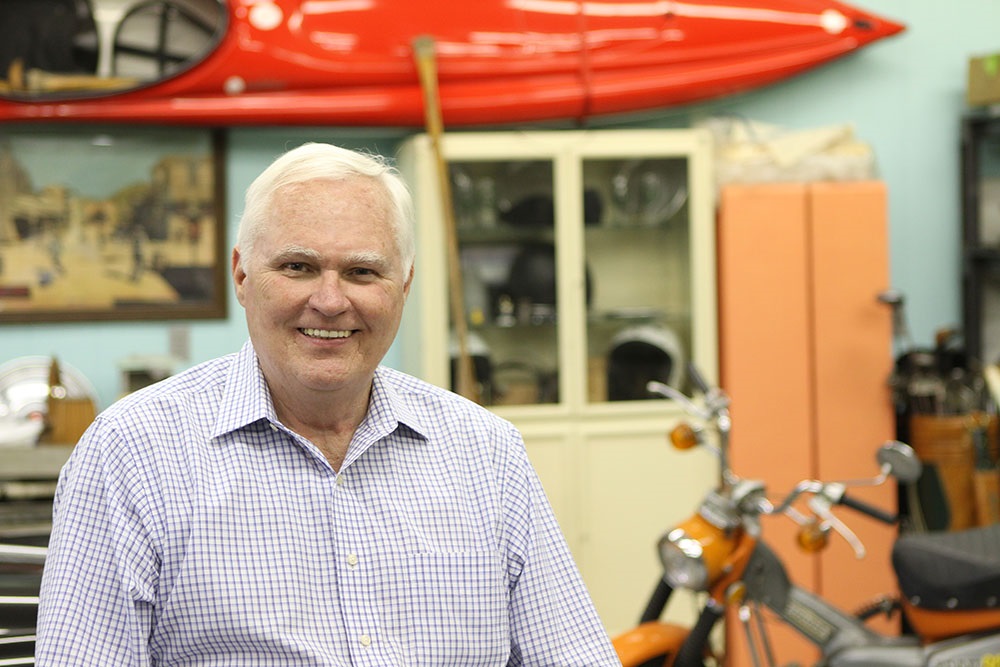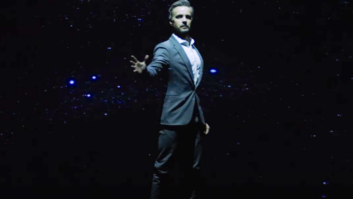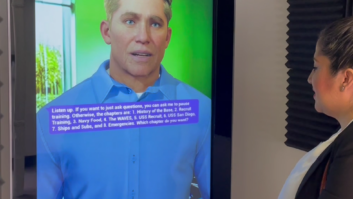
The following cautionary tale was provided by Carmen + Grace Communications on behalf of its client Bill Masters.
When you think of 3D printing, images of space-age shapes probably get conjured up, and maybe even a guy named Chuck Hull, the man widely considered “the father of 3D printing.”
It’s true; Hull, now 75 and still working as chief technology officer of 3D Systems, did patent a 3D invention in 1986. But two years earlier, in the heat and humidity of Greenville, S.C., the idea had already been born by entrepreneur Bill Masters.
Masters grew up in Easley, S.C., and threw himself into science and engineering as a kid. This passion followed him to college, where he studied electrical engineering while working a 40-hour week on the side. Today, he still resides and invents in South Carolina, but is better known as the “father of modern kayaking” than he is for his printing inventions, having founded and run Perception Kayaks from 1975 to 1998. It was actually on the banks of a kayaking trip (along the Chattooga River under the 76 bridge on the South Carolina side to be exact) when Masters began thinking about spitballs, which eventually led to 3D printing.
“I was sleeping on the side of the river on my kayak looking up at the stars,” he recalled, “and I realized if you could take one star and make that your seed point, you could add stars from any direction until you had the shape you wanted.”
“Similarly, if you shoot a spitball down and it sticks, you can then shoot multiple spitballs down on top of it. They stick and stick and stick until eventually you can build something with them.”
This was in the 1970s, and it took him several years to develop the idea and save enough to pay for a patent. By 1984 his “Computer Automated Manufacturing Process and System” was ready, and on July 2 he filed U.S. Patent 4,665,492 A, two full years before Hull patented his “Apparatus for Production of Three-Dimensional Objects by Stereolithography.” It was the first of five patents filed by Masters that would lay the foundation for the 3D printing systems used today, he said, and which describe parts that no one has yet utilized.
“I didn’t know at the time I was first,” Masters said. “After Hull came out with his, I just assumed I wasn’t. It wasn’t until years later I looked at the patent dates and realized, ‘Wow, I filed before everyone, even the French!’”
So what could have been a multimillion-dollar idea in what has since become a $6 billion industry never came to be, and Masters’ name never became widely associated with 3D printing.
Instead, he founded Perception Systems with seed funding from a South Carolina venture capital group. The company was renamed BPM Technology, he recounted, and burned through millions chasing complex software to control a simple process similar to what is standard today. Eventually BPM went out of business and Masters’ patents were lost.
In the meantime, other entrepreneurs became associated with the industry. Besides Hull, who was named “The Father of 3D Printing” by The Guardian and inducted into the National Inventors Hall of Fame, there was also Stratasys co-founders Lisa and S. Scott Crump, who were inducted into the Minnesota Inventors Hall of Fame.
Though he faded from the 3D printing industry, Masters’ kayak company, Perception, blossomed. He sold the business in 1998 for an undisclosed sum and was inducted into the International Whitewater Hall of Fame for his efforts. Now in his 60s, he is still an active inventor and entrepreneur, owning over 30 patents and working on such innovations as drip-free honey pumps, gun safety technologies, car safes and medical products to name a few. He continues to pursue 3D printing, and admires how much the technology has changed – and changed society.
“I knew in my head and heart that 3D technology could transform the way we make things when I came up with it,” Masters reflects. “At that time, people in South Carolina looked at me as crazy because we had so little technology in the state. Now, South Carolina has transformed itself, and ‘crazy’ ideas are welcome here. I am proud to have been a part of my state’s growth. Because of my state’s visionary leaders and entrepreneurial culture I was able to leap from growing up in poverty to success.”
Masters is using his 3D patent experience to assist other inventors and entrepreneurs who find themselves in similar situations, and advises an entrepreneur MBA course at his alma mater, Clemson University, to alert them to the entrepreneurial pitfalls. Here are his top recommendations:
- Above all, ask yourself what type of individual you are, a leader or a follower. Understand that there will be hurdles both in society and business that you will have to cross, and we’re not all born leaders.
- Find and trust in a good adviser who will be able to support your entrepreneurial journal, and lean on the eco-culture of entrepreneurs out there.
- Find a good lawyer to represent you. In my experience, venture capitalists see inventors as easy prey.
- Always have a way to get your patents back if your partners don’t do as they say. One option is a fully-paid license.
- Learn and understand all the terms an investor uses, especially dilution and control.
- Never sign a loan personally with an investor. You will always be the first to be sacrificed.
- Entrepreneurs are not all the same. There are inventor entrepreneurs, financial entrepreneurs, sales and marketing entrepreneurs – the list goes on. Inventor entrepreneurs tend to be visionaries, and in my experience are easy to sell possibilities to. If it’s not covered in a contract it’s not worth a lot.
- Integrity trumps contracts. Do serious, first-hand background research on any partners of any kind.
Bill Masters’ full crop of 3D printing patents include 4,665,492, 5,134,569, 5,216,616, 5,546,313, and 5,694,324.













